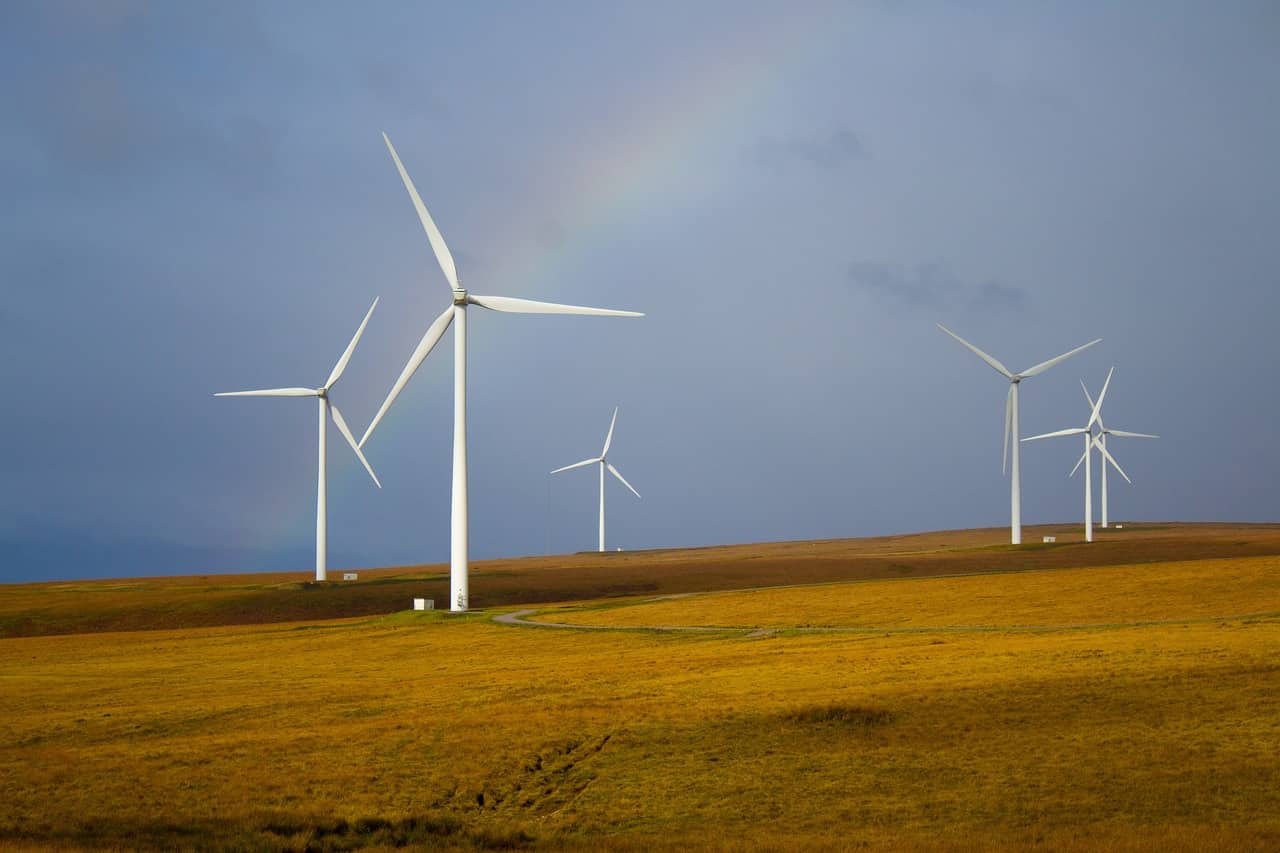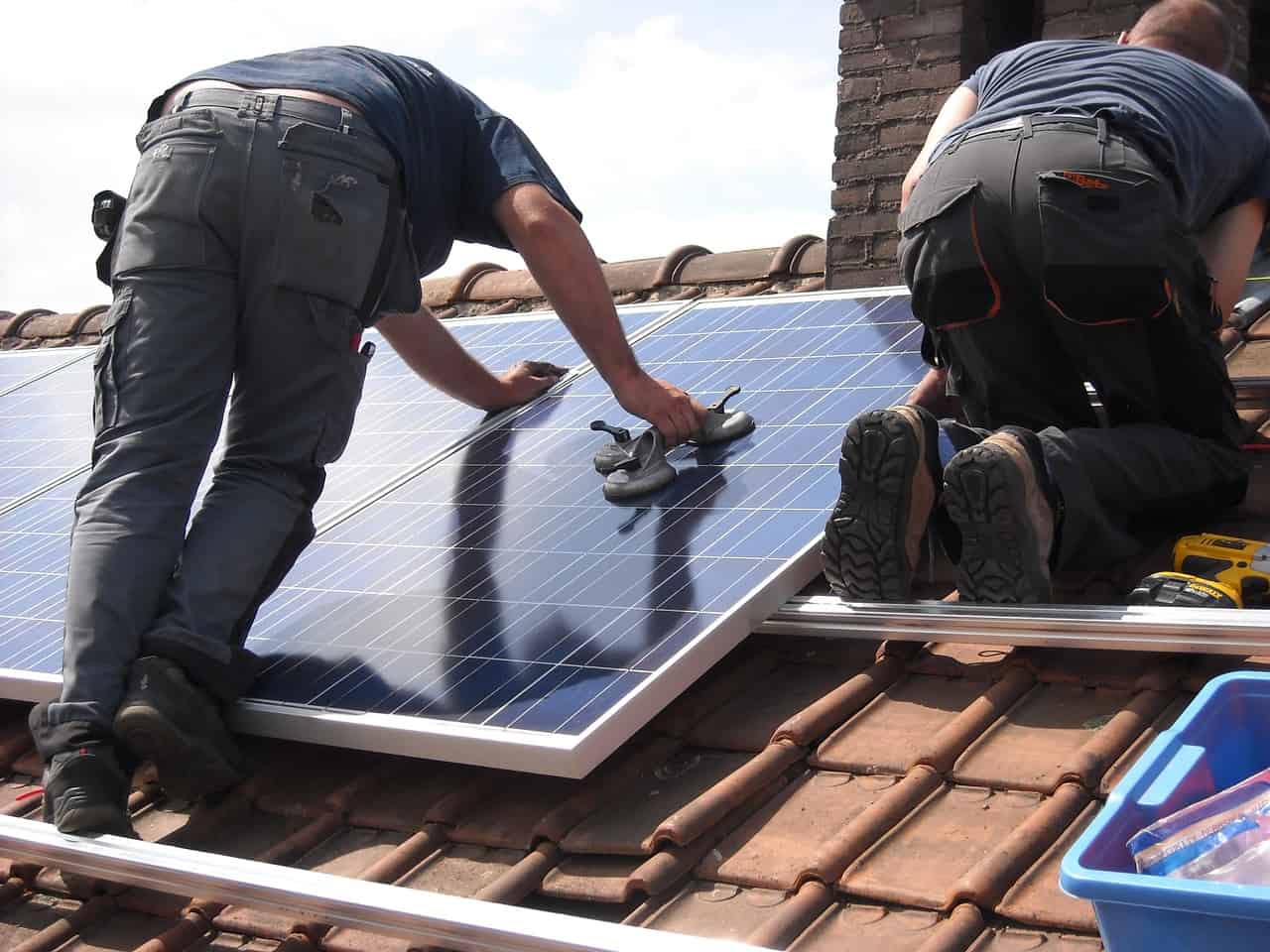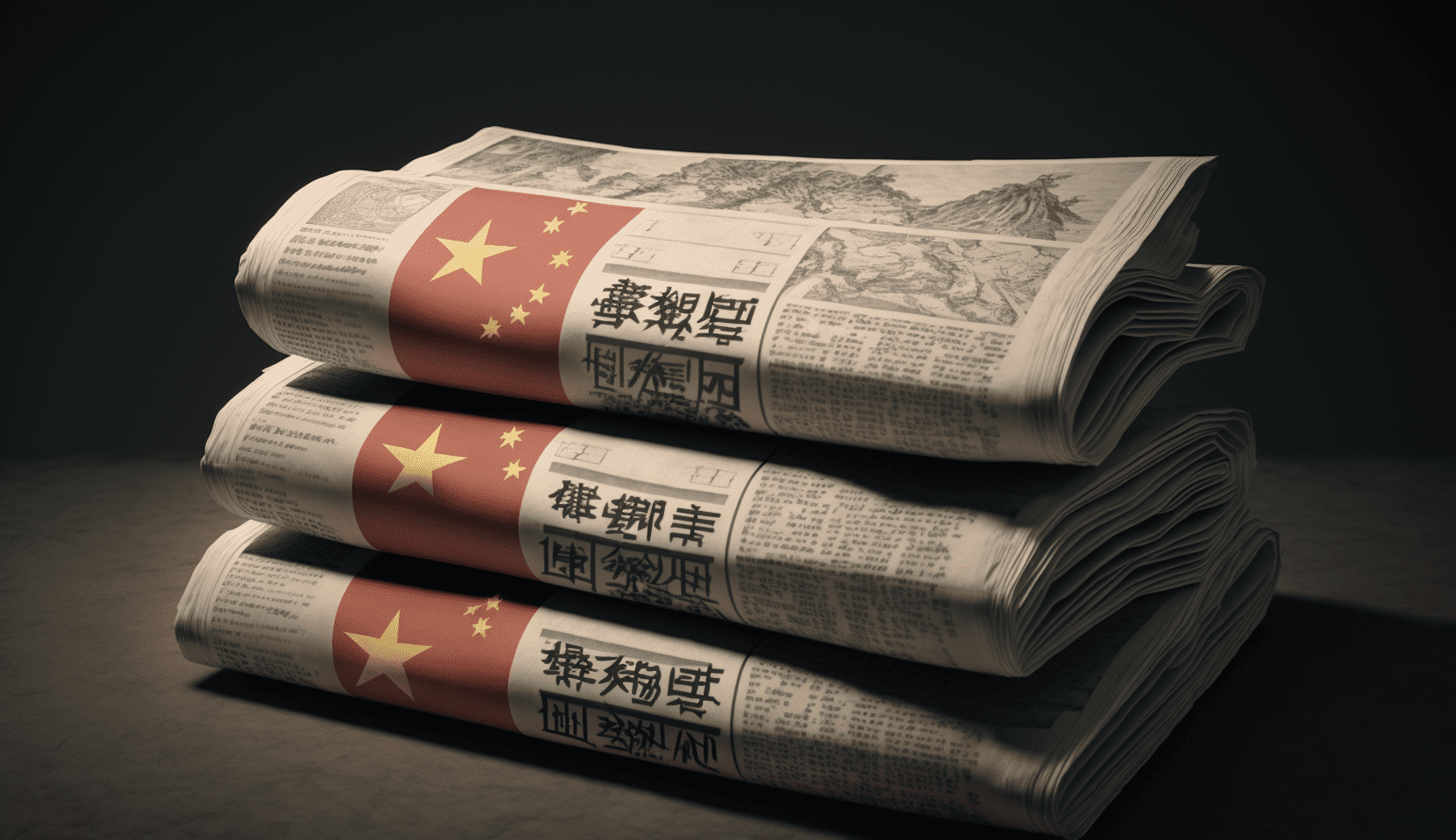
The European Union plans to boost financial support for the wind energy sector and scrutinise subsidies of foreign wind product imports, as local manufacturers face increased competition from China. That is what Reuters reports, after seeing draft measures.
- European wind turbine manufacturers face tough competition from China;
- The EU is investigating potential excessive aid to China’s wind sector;
- They’re also concerned about cost competitiveness and potential impacts on European industry and investment confidence;
- Policy intervention should address challenges and protect the European wind energy industry.
An upcoming scheme with the European Investment Bank aims to guarantee banks’ credit exposure to wind industry suppliers, enhancing manufacturers’ access to finance. This is all part of the EU’s ambitious goal to reach a 42.5 percent renewable energy target by 2030. The plan also involves doubling the call for clean tech manufacturers, including wind turbine producers, to apply for EU funding. The measures reinforce the EU’s commitment to its renewable energy target and to maintaining a level playing field.
The rising competition
European wind turbine manufacturers are facing an uphill battle as competition from China intensifies. Chinese manufacturers are offering products at lower prices, posing a significant challenge to the European wind energy sector. This increasing competition has led the EU to closely monitor potential unfair trade practices and consider activating trade defence instruments if necessary.
However, the competition is not merely about prices. As the birthplace of the wind industry, Europe is witnessing its home-grown sector experience record losses and profit warnings. The slow public sector permitting process is a significant setback, with 80 GW of wind projects currently stuck. The COVID-19 pandemic has disrupted supply chains and led to a forty percent hike in wind turbine prices. These challenges are exacerbated by cash-strapped governments conducting negative-bid auctions, where project developers must pay for the privilege of building wind parks.
China’s wind energy sector in the spotlight
The European Union’s competition commissioner has announced that the wind energy sector in China might be under investigation for receiving excessive government aid. This comes as the EU acknowledges its need for more wind turbines than it can produce. The end of onshore subsidies in China has led to a drop in Chinese wind energy prices. These factors combined have placed China’s wind industry in the crosshairs of foreign trade officials.
Despite the challenges posed by Chinese competition, the EU’s response is not merely defensive. With the introduction of non-price criteria to its Net Zero Industry Act, the EU is taking active steps to protect its wind energy sector. However, the EU’s production costs cannot compete with China’s, threatening European deindustrialization and investor confidence.

Looking ahead: Strengthening the wind energy sector
Greater policy intervention is needed to address these challenges and prevent the loss of the wind industry to China. A roundtable with key actors in the wind value chain could be a potential solution. This could include wind turbine manufacturers, key countries, utilities, project developers, EU policymakers, and public financial institutions.
With the European Parliament elections looming in June 2024, it is crucial to address the issue promptly to prevent irreparable damage. The wind energy sector should be a primary focus of the EU-U.S. Trade and Technology Council to prevent China from gaining an advantage in the market. Greater alignment between Europe and the U.S. is essential, as both GE Renewables and European manufacturers are facing similar challenges.
The stakes are high
The wind energy industry is of vital importance to the EU’s policy priorities such as climate, energy resilience, competitiveness, and job creation. The EU’s bold moves to safeguard its wind energy sector reflect the high stakes involved. As China’s wind energy sector takes centre stage, the EU is not only defending its wind energy sector but also its commitment to a sustainable future.








